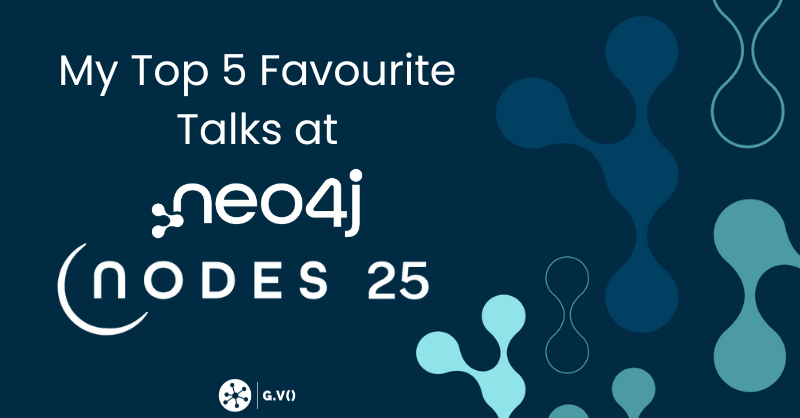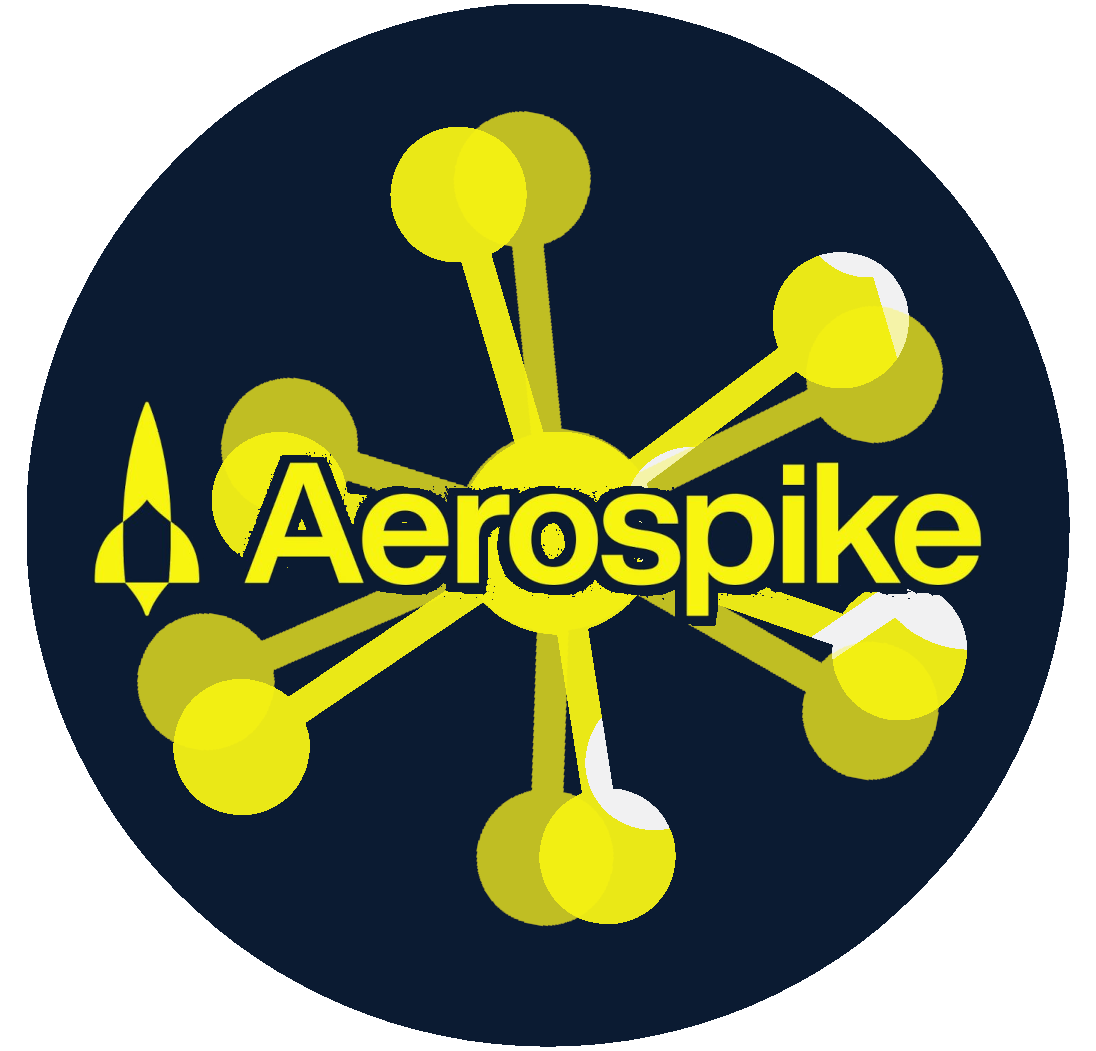The Weekly Edge: Kuzu Forks, DuckDB Goes Graph, Cypher 25 & More [24 October 2025]
![The Weekly Edge: Kuzu Forks, DuckDB Goes Graph, Cypher 25 & More [24 October 2025] The Weekly Edge: Kuzu Forks, DuckDB Goes Graph, Cypher 25 & More [24 October 2025]](https://gdotv.com/wp-content/uploads/2025/10/ladybug-graph-database-duckdb-cypher-weekly-edge-24-october-2025.png)
Welcome back to the best graph tech news digest in this or any other parallel universe.
The Weekly Edge is like your carefully crafted algo for all the news, reads, and resources in the world of graph technology, brought to you by the real, live humans at gdotv.
First, the headlines:
- Kuzu is dead: Here are the forks that are taking its place
- DuckDB (sorta) just became the DuckDB of graph databases
- A quick watch on how a Stanford science team is using knowledge graphs without the LLMs
- A hot new book on the exact opposite of the above: Knowledge Graphs and LLMs in Action
- A dev walkthrough on how Cypher 25 can deliver 120x improvements in query speeds
Now, the deets:
[Forks:] What’s Next after Kuzu?
Holy forking shirtballs! After the Kuzu news last week, it can feel like the graph tech world is in the Bad Place, but it’s not. Over the past fortnight, the graph community has rallied around the remains of the beloved/embedded graph database and a number of forks of the original Kuzu project have now been proposed. Here’s a closer look at the top two most popular Kuzu forks:
Ladybug
Late last week, Arun Sharma (ex-Facebook, ex-Google) announced the launch of Ladybug, a community-driven fork of the Kuzu repo but with a vision to be a full one-to-one replacement of Kuzu in the long term. Learn more about Ladybug at their website or on GitHub.
Bighorn
The good folks at Kineviz also announced a Kuzu DB fork, dubbed Bighorn, which they’ve pledged to develop and maintain as open source. The latest version of GraphXR (by Kineviz) now supports the Bighorn fork as both an embedded graph database and in stand-alone server mode.
The best part of the graph community is our ability to connect, collaborate, and commit to the good of the ecosystem, and both of these Kuzu forks – along with many others – keep those values alive. We’re sure there’s more to come, so watch this space!
[News:] DuckDB Goes Graph with DuckPGQ
In the before times, Kuzu had positioned itself as the “DuckDB of graph databases,” but now DuckDB might become the DuckDB of graph databases. That’s right: You can now process graphs in DuckDB!
The announcement on the DuckDB blog shows you how to use the DuckPGQ community extension to analyze financial data for fraudulent patterns with the SQL/PGQ graph syntax that’s part of SQL:2023, which sorta feels like a magic trick, tbh.
The DuckPGQ extension for graph workloads – developed by Daniël ten Wolde – is still a work in progress, but running graph queries on non-graph data is a helluva premise, so we’re keeping our eyes on this one. (Plus, that logo y’all! 😍)
[Watch:] Mark Musen on Knowledge Graphs (without the LLMs)
Last May, some of the world’s leading experts on knowledge graphs, AI, and graph technology were run down in the hallways of the Knowledge Graph Conference by an enthusiastic interviewer (’twas me) asking them about their thoughts on everything from graph hardware, RDF standards, agentic AI, graph theory, and more.
Now, the Knowledge Bites interview series is starting to hit the algo, and this week’s watch is a stellar interview with Dr. Mark Musen – Professor of Biomedical Informatics at Stanford University – on how his team is using symbolic AI (minus the LLMs) to share scientific information via knowledge graphs.
(Also a heads up that KGC 2026 early-bird tickets are now on sale through November 30th. See you there?)
[Book:] Knowledge Graphs & LLMs in Action
Speaking of knowledge graphs, this week’s long read strikes out in the opposite direction when it comes to large language models: Knowledge Graphs and LLMs in Action, available from Manning Publications, just hit the shelves of a bookstore near you.
This hot new book is authored by the Sorcerer Supreme of graph technology himself, Dr. Alessandro Negro at GraphAware along with co-authors Dr. Giuseppe Futia, Dr. Vlastimil Kus, and Fabio Montagna. According to Giuseppe, the authors aimed to do more than just write a technical guide on knowledge graphs and LLMs, but they wanted to tell a story about how people, data, and AI come together to create something meaningful.
[Dev Walkthrough:] Solve Hard Graph Problems with Cypher 25
Cypher is one of the most commonly used graph query languages in the industry. Just like IRL languages, Cypher is always changing with the times, but unlike IRL languages, it’s always getting better.
In this in-depth technical walkthrough, Pierre Halftermeyer shows Neo4j developers how far Cypher’s evolution has come in the past four years. He starts with an example Cypher query he’d written in 2021: It was a nightmare in complexity and took 144 seconds to run. Now, written in Cypher 25, it’s a quick 10-liner clocking in at 1.2 seconds. If you haven’t checked out Neo4j in a while, it’s well worth exploring what’s recently changed and improved.
P.S. We just started a G.V() technical user group on LinkedIn. Join us?
That’s it for this week’s edition. Got something you want to nominate for inclusion in a future edition of the Weekly Edge? Ping us on on X | Bluesky | LinkedIn or email weeklyedge@gdotv.com.
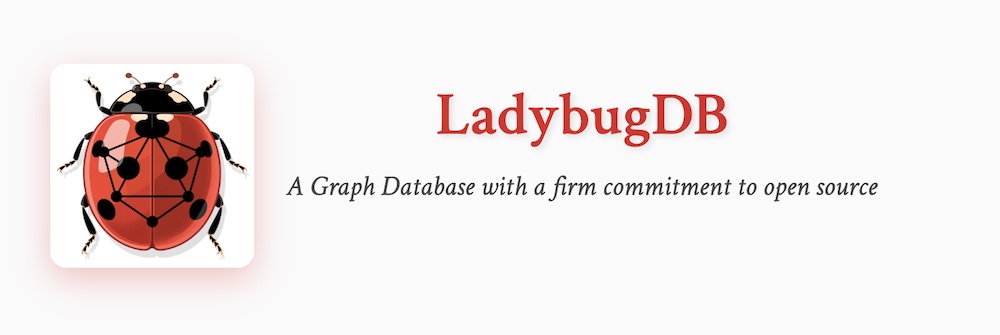
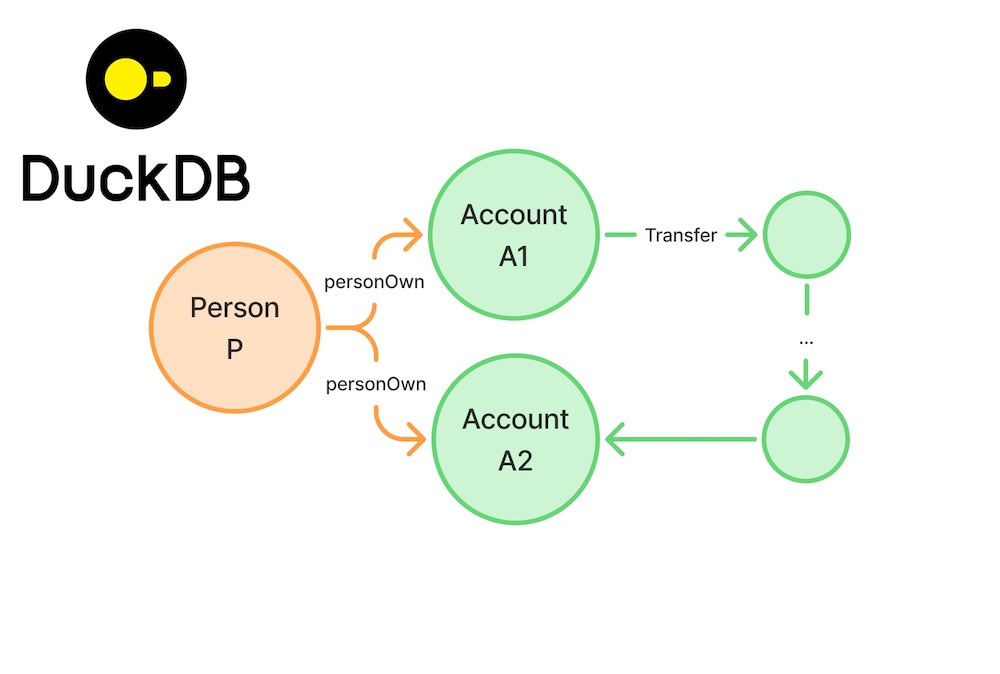
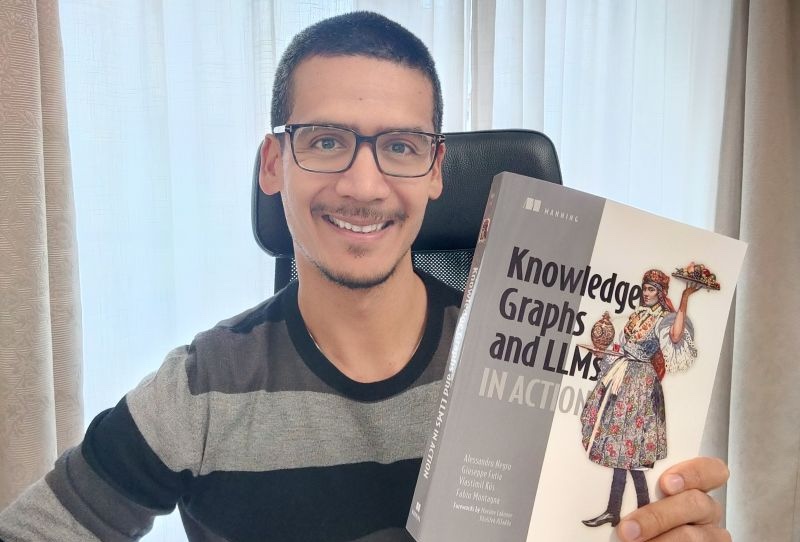
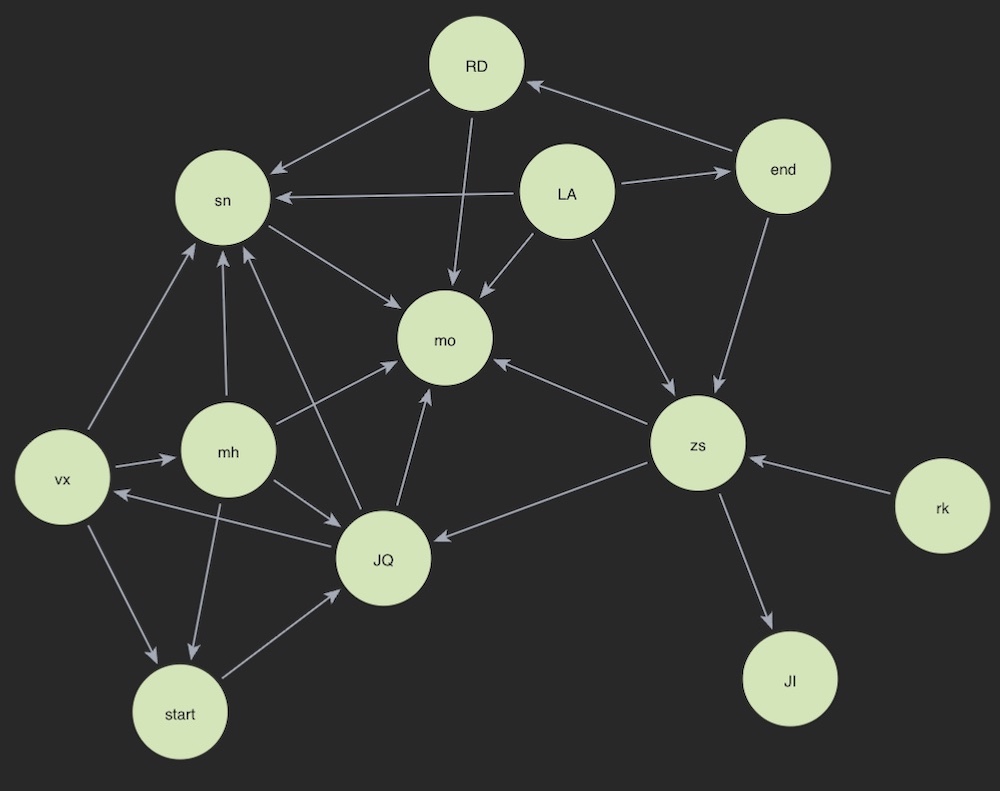
![The Weekly Edge: 2 Graph DB Releases, an Apache AGE Manager, Graph Versioning, & More [12 December 2025] The Weekly Edge: 2 Graph DB Releases, an Apache AGE Manager, Graph Versioning, & More [12 December 2025]](https://gdotv.com/wp-content/uploads/2025/12/graphdb-apache-age-graph-versioining-weekly-edge-12-december-2025.png)
